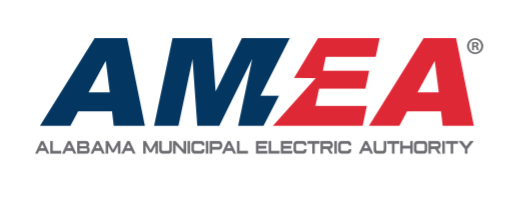LaFayette council hears about AMEA advanced meters
Published 8:47 am Thursday, January 28, 2021
|
Getting your Trinity Audio player ready...
|
Before starting its meeting on Monday, the LaFayette City Council heard details about the Alabama Municipal Electric Authority’s newest initiative and with new members on the council, AMEA President and CEO Fred Clark ran through some of the company’s plans for the future.
The biggest upcoming plan for AMEA’s future is the Advanced Metering Initiative. LaFayette is one of the six cities that will be participating in the initiative. Of the 11 cities AMEA covers, three already have the advanced meters, while two are currently getting them installed.
The initiative will put advanced meters throughout the city, which will allow citizens to monitor their power usage on their phones rather than waiting until the end of the month.
“I believe [advanced metering] it is the greatest benefit for our senior citizens and those customers that can barely afford to pay their bills,” Clark said. “You will use smartphones to look on their account. [For example], you can look on a day and see that they have used $20 of electricity, and thus, in the beginning of a month, they know they spent a bunch of money on energy. They can be better energy customers.”
The city will be able to put in advanced meters for water and electricity. The city currently has funds invested into AMEA for small-grid improvements. AMEA will lend the city the remainder of the cost to complete the project, which will be paid back through the current rate structure. The interest rate on the loan will be 1.75 percent.
“There will not be a rate increase with LaFayette,” Clark said. “We expect this will be in place for maybe a year at the very most. Then you will have a complete system paid for… This upgrade is going to be significant.”
As of 2020, AMEA uses coal power, nuclear, natural gas and hydropower. With increases in admission and cost of coal, Clark said that AMEA will be moving away from coal and move more toward natural gas in the future, which is the lowest cost fuel for the next generation.
“We have not had a rate adjustment since 2012, and do not expect a rate increase anytime through 2025,” Clark said during Monday’s work session. “I know that you have not raised rates as a city for 20 or 30 years. That is hard because your distribution cost [has changed]. We’re not going to do anything to raise your rates. We hope by 2026, we can reduce rates.”
AMEA will open a new 800-acre solar farm in Montgomery County later this year. With the new solar farm, Clark said AMEA will be increasing its renewable-energy portfolio from 1 percent to 12 percent by 2022.
“I’m not a big dream person. I’m more of a coal person, but I’m for low-cost generation,” Clark said. “What we’ve done in our studies is combined-cycle gas resources are the cheapest. Second to that, as a fuel source, is utility-scale solar. I’m talking about large scale solar projects. We are only getting energy from that project. We are paying a fixed price for 20 years, and that price is competitive with combined-cycle gas. What we’re using that solar for is an edge or diversity play against the natural gas. We think that diversity play is going to serve us well.”
Clark believes that AMEA will be out of the coal business by 2026.
The city will receive a resolution from AMEA in the coming months to participate and finance the meters. The full installation would take about a year.
At the council meeting, Council Member Shannon Hunter motioned to the council to double the current garbage collection fee.
“It would allow us to have more money in our electric fund,” Hunter said, “It would also give us some more money for a new limb truck.”
The motion did not carry.
“I had also talked about that, but what I would like to do is get with the finances committee so we can talk about this, our cemetery, water and sewage. There is a lot that we need to look over,” Mayor Kenneth Vines said. “Once we do that, we need to let our citizens know. We don’t want to drop a bombshell on them.”






